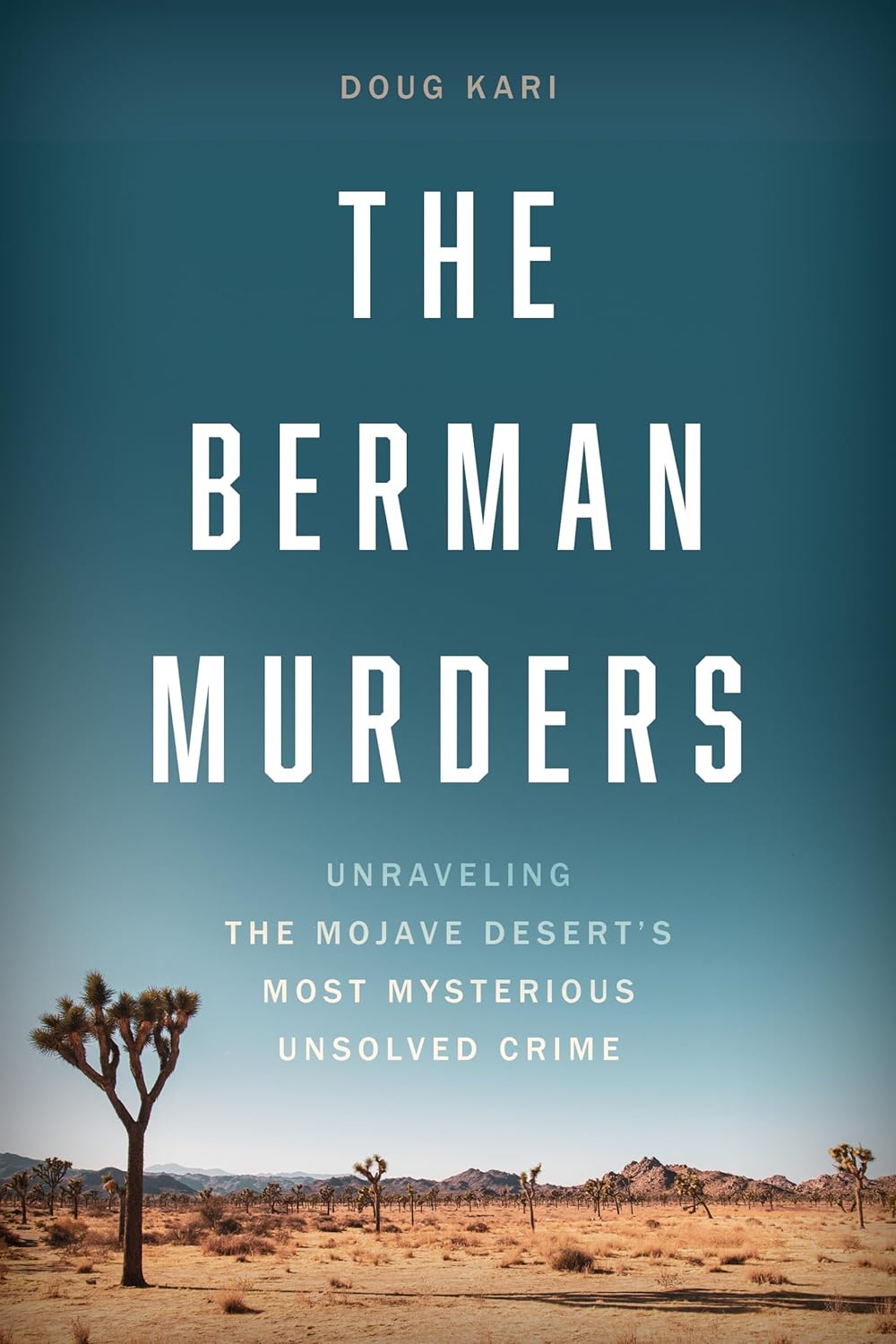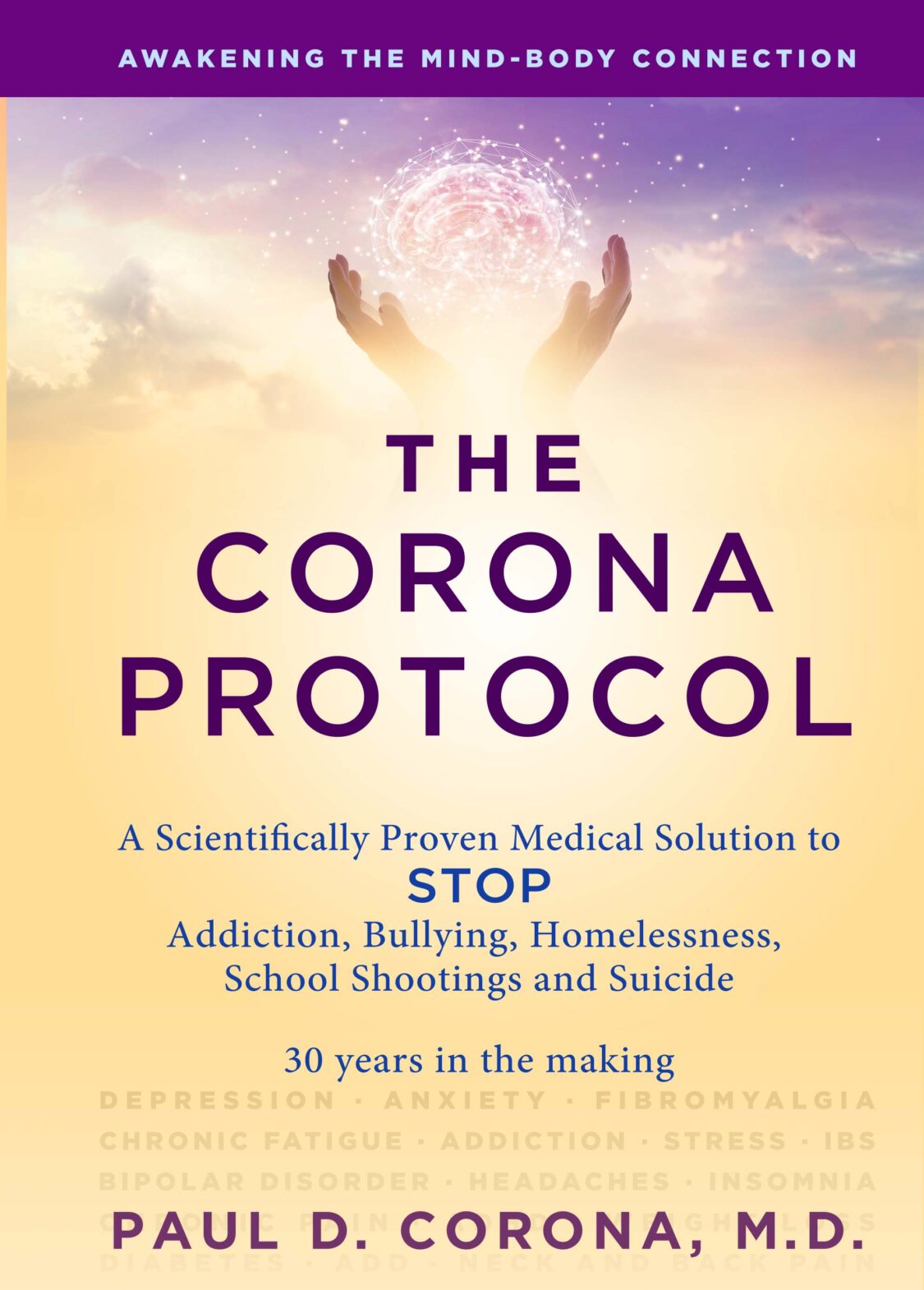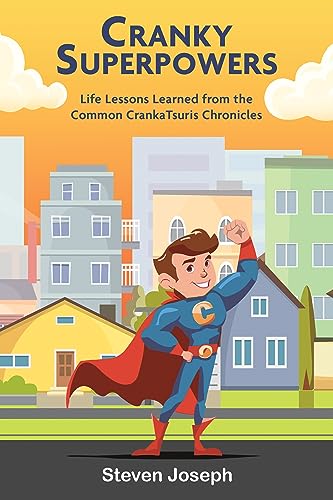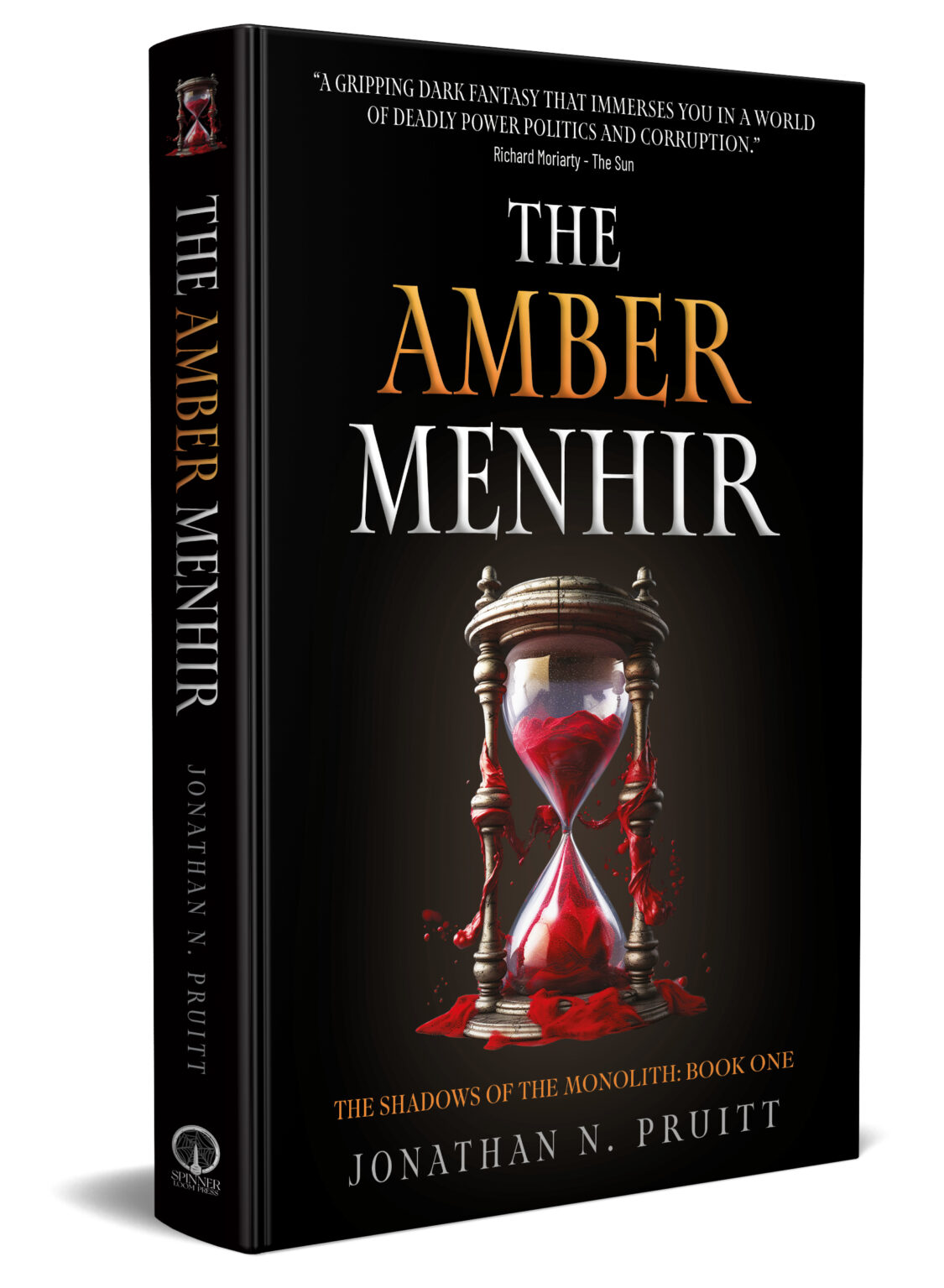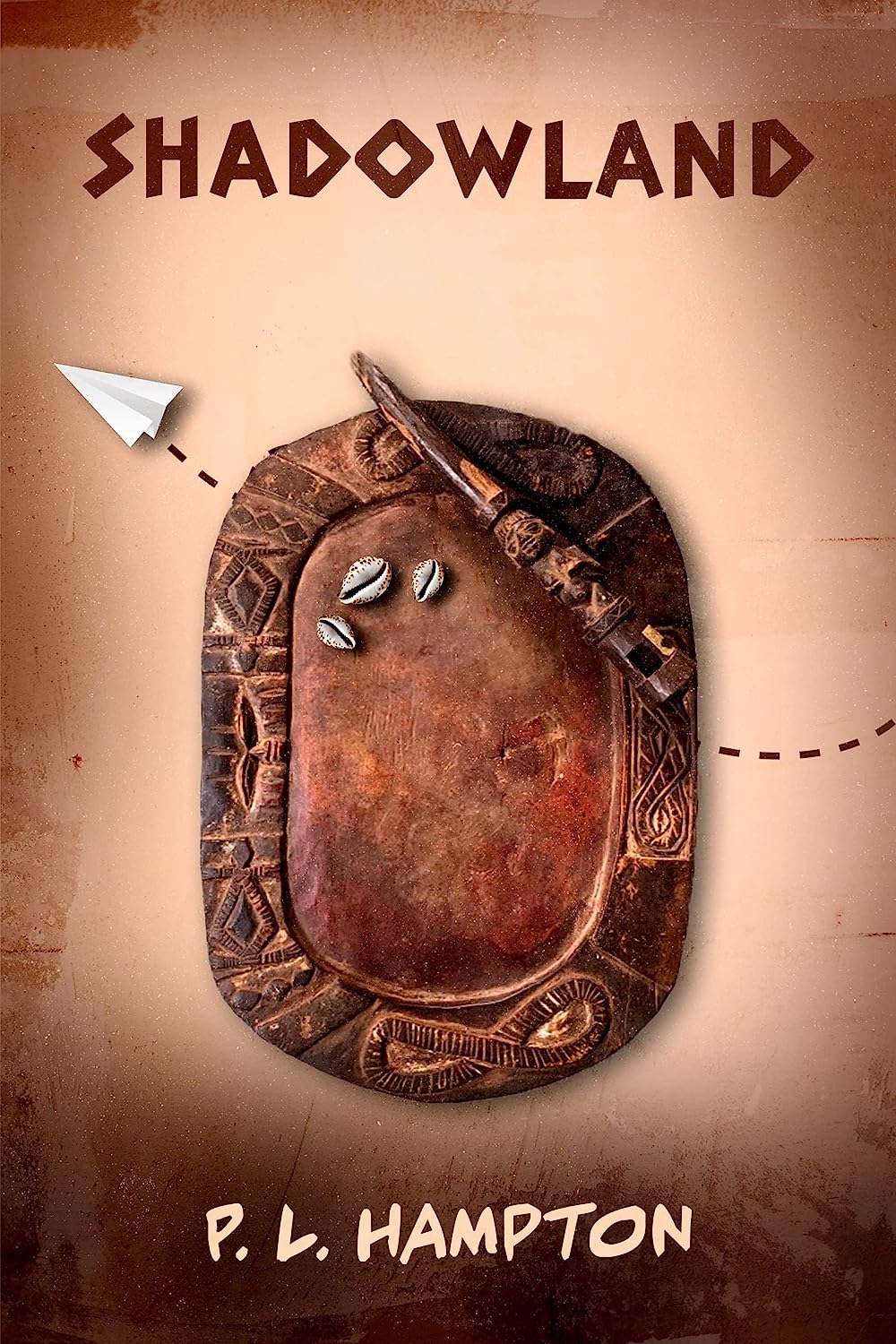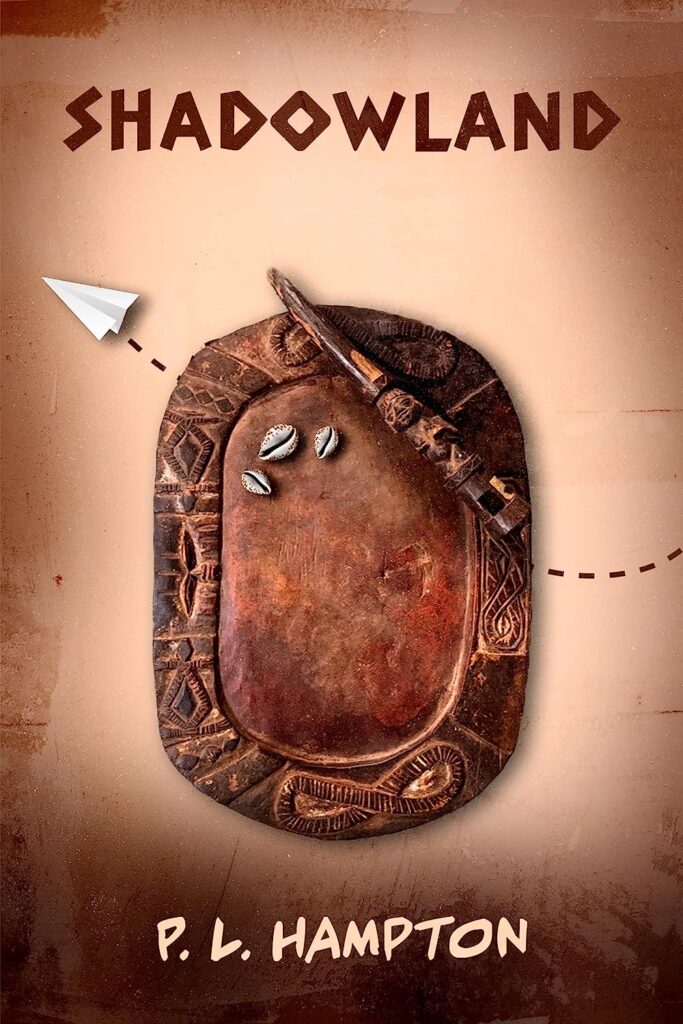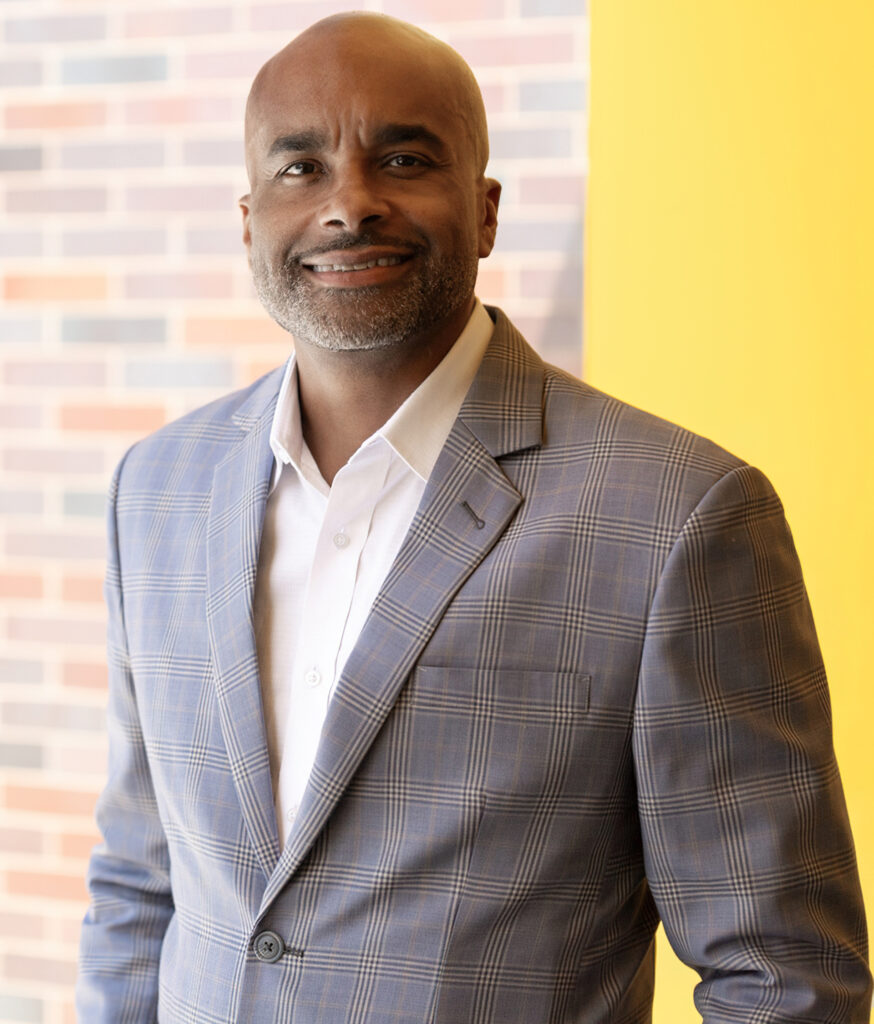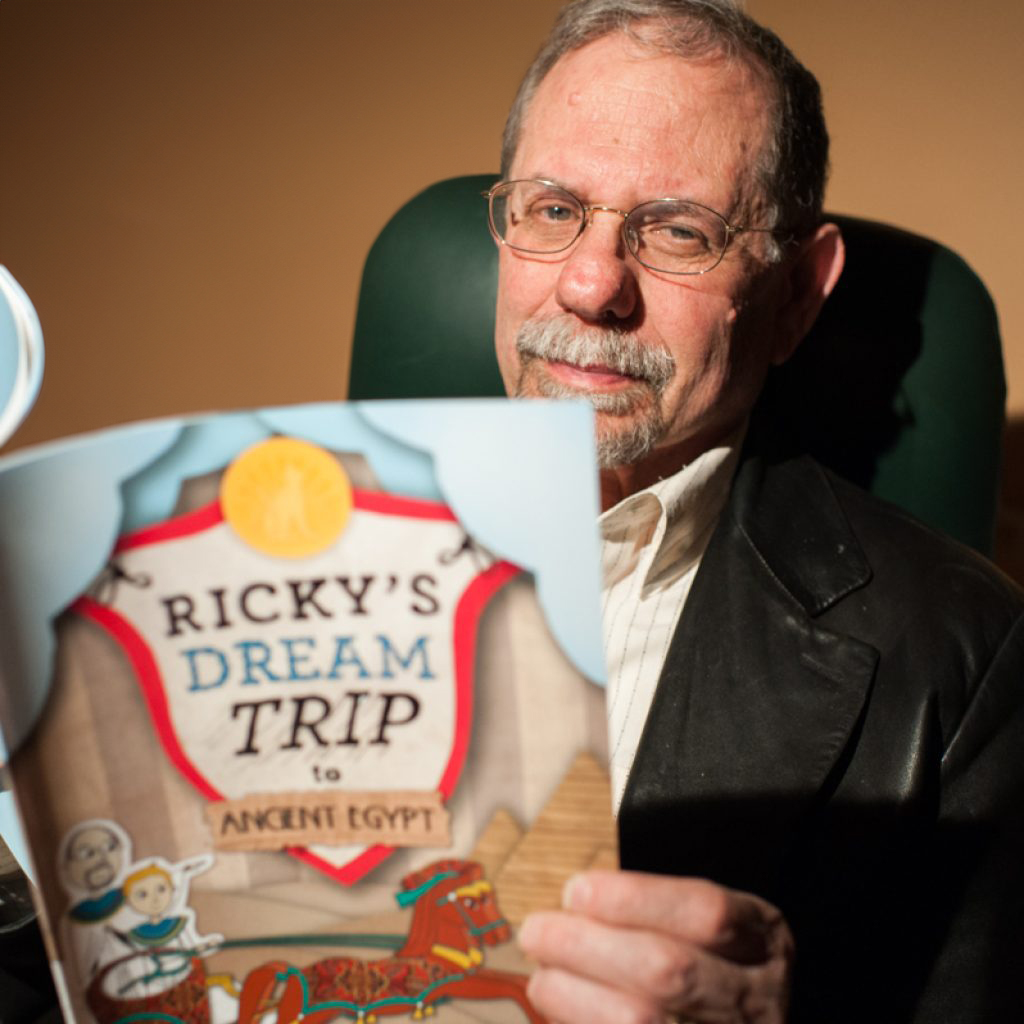We warmly welcome Jonathan N. Pruitt, a lifelong educator, former scientific researcher, and author of the engaging fantasy novel “The Amber Menhir”. Pruitt is not just a spinner of tales; he is a weaver of deep insights and biting humor, his stories imbued with the rich experiences gleaned from living in diverse global corners, from South Africa and Namibia to Australia and Canada. These experiences are deftly woven into his debut work, offering readers a narrative that is as emotionally true as it is fantastical. Through his writing, Pruitt prompts readers to explore the complexities of good and evil, shedding light on the murky, indistinguishable areas between the two. “The Amber Menhir” is a reflection of its creator: wise, witty, and unafraid to probe into life’s grey areas. Join us for a conversation with a man whose words are spells, casting long, enchanting shadows that linger. We got to know him better, take a look:
- One word that describes you?
Impish: inclined to do slightly naughty things for fun; mischievous.
Though I’m a people-pleaser by nature, I do enjoy gallows humor and a dark comedy on film and page. Is there a manic character high on cocaine about to fight a rattlesnake? Well then, sign me up.
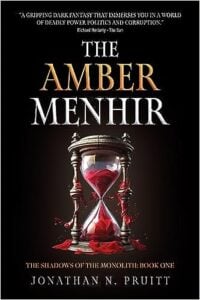
- What was the hardest part of writing your book?
The hardest part of composing a book is editing. Writing a first draft resonates with my work ethic and drive. I work some amount of time, and I get to watch a story unfurl and a wordcount accumulate. But that story I’m writing isn’t any good. In fact, it’s probably pretty bad. I always have plans for how a story will go. I’ll seed those suspected events, and then… they just won’t happen. Something else more organic in terms of plot will emerge. Subsequent drafts are spent tidying up the mess and slaying superfluous words. It’s like sawing off a literary foot so that I can reach a antidote before the story’s poisoned to death.
- Any ritual like a specific scented candle, preferred writing place, or drink that you kept through writing?
Uh, no. I write everywhere and anywhere. I write at bar tops, restaurants, coffee shops, hiking trails, airplanes, and while Catholics write their biology exams. When I’m not physically writing, I’m still writing, because I mull over plot knots and story arcs, even while dreaming. Maybe one day I’ll only deign to write in a salt cave while receiving a massage and smelling jasmine, but it certainly isn’t today. Though that does sound nice…
- If there is a movie adaptation of your book, who do you think would be perfect for the lead roles?
Hmm. I think Anya Taylor-Joy would make a superb Tara Langcraw. Frosty, austere, and ready to be laid low, I think Tara resembles many roles Taylor-Joy has brought to life. As for gristly old Ms. Ash, I think maybe Kathy Bates could be fun. Ms. Ash is a cynical aunt who isn’t afraid of getting her hands dirty, or bloody, for that matter, and expresses an aptitude for chastising foolish behavior. If Ms. Bates can deploy a believable British accent, then I’d love to have her in the role. I’m betting she can. Chesa is an apparently sycophantic servant with a penchant for poisoning her scholars. She possesses a capacity to torture, and even delight in it, but is herself tortured. I think Gong Li would be amazing in such a role. I can already see her drowning some smug scholar that she’d rendered catatonic. Halle Bailey really impressed me in her performance in the reboot of The Little Mermaid. With the weight of so much expectation and acrimony upon her, Bailey succeeded in bringing Ariel to life once more, though admittedly not with either the script or supporting cast I’d have wished for her. That optimistic fervor and wide-eyed hope is something critical for the role of Peony. The sweet, stammering Roland Ward is harder to dream-cast. He’s hulking, careful, intelligent, and is quick to internalize the stress of others. It might sound off the wall, but I’m sort of allured by the idea of James McAvoy in the role. Gods know he has a considerable acting range, though he would need to put on some weight. I wonder if he’d be willing…
- If you weren’t famous, what would you be up to right now?
I think I would enjoy being a therapist. I love people and I enjoy hearing their stories. The real versions, I mean. I would love to be able to help people acknowledge their flaws and strengths, and then leverage them to reach their dreams. I’ve dug myself out of a fair number of pits. I think my toolkit could be generalized to help others too. I hope so, anyone. That might even be a hidden part of my books.
- When did you decide to write this story and why?
I’ve always wanted to write a fantasy novel, or three. It was unescapable that, if I did, its plot would occur in an academic setting. It’s all I’ve ever known, really. I know the virtues and vices of the ivory tower and its subjects as well as any. Write what you know, right? Add a cutesy macabre humor, and something like The Amber Menhir was inevitability. I hope that people enjoy reading it at least half as much as I loved writing it.
- How did you come up with your title?
For the longest time the working title was “A Sinking Monolith”, but that made my PR and marketing folks spin their heads around and vomit up pea soup. Seems that title registered as a bit too depressing, or so they said. The series isn’t truly depressing at all. It deploys a dark humor and tongue-in-cheek satire, true. But hope and the power of the human spirit shine all the brighter in such a setting. So, as a compromise, we all agreed that the setting, The Amber Menhir, served well enough as a title.
- What is your ‘if you don’t like this, you can’t be my friend’ book?
I don’t have such a book. I like a diversity of authors, genres, and perspectives. Jemisin, Mieville, Sanderson, Martin, Maas, Butcher, Rothfuss, and Rowling are all contemporary fantasy authors I love, though each for different reasons. But I can enjoy other fare from Ayn Rand to Gore Vidal. My friends and allies range from animal activists and post-humanists to evangelical objectivists. They’re all welcome on my next hike or camping trip. I accept people as they are and can love the good and bad in them all.
- What has been your favorite comment/review so far about your book?
“…it is such a hotbed of murderous ambitions and dangerous political scheming that it makes a pit of vipers look like a basket of kittens. With the academic setting and three young student heroes, you could perhaps draw a parallel to Hogwarts, but only if the Harry Potter series had been produced by Hammer Films or penned by Stephen King.” – National World book reviewer.
I mean… what’s not to love about that? All the better, it’s fairly accurate.
- Which fictional character would be most exciting to meet in real life?
Ursula the sea witch, naturally. I dig ladies with a plan, a path forward, and who engage in self-love. All the better if they’ve survived and grown from trauma, like being ostracized from a kingdom of gaunt mermaids, and they’ve learned the ins and outs of a good contract. Ursula, you’re welcome on my adventure any time; we’ll make appropriate accommodations to have you.
Part 2: Are you ready for our rapid-fire questions? Let’s go.
- Sun or Snow?
Sun. I’ve lived in rainforests and tropical deserts for much of my life. Heat doesn’t touch me the way it does normal people, though I suppose that means I’m more likely to die from it. Que sera sera.
- Write in silence or write with music?
I usually write in busy public places with earplugs. So… manufactured silence, I guess.
- Money or Love?
Love. I mean, I like money too, but I like it for its ability to solve the problems of those I love and enjoy the light of this world, which isn’t always so pleasant.
- Cats or Dogs?
Cats. The more floofy and capricious the better. One day, if I go completely round the bend, I’ll have a (rescued) savannah cat in my house.
- Beach or Ski Trip?
I’ve seen a lot of rich people in the infirmary at ski lodges and that **** just looks dangerous to me. And cold. Beaches wins by default, though I’m not one for sitting still.
- Love Song or Rock?
Get real. Have you seen me? It’s thudding disco anthems for the win.
- Formal Dinner Date or Home Cooked Dinner Date?
Let’s just go to dinner. I’ll buy. I mean, we can cook together as an adventure and all, but Uber Eats is likely in the cards thereafter. I’m a miserable failure as a cook. But it’ll make a good story.
- Real Tattoos or Henna?
Real tattoos. I’m not ready to join Kabballah yet. Though I do like the look of that mystical red string…
- Work from Home or Office?
I work from the trail best, during a picnic aside a scenic overlook. But I work from anywhere and instinctually must.
- Super strength or Invisibility?
Invisibility, of course. I like assessing matters from the shadow, watching, documenting, and biding my time. I’ll only ever confront a matter when the time is right, and under my ideal terms. Is that spidery? Maybe so.
Want more author interviews, check out the next one.


